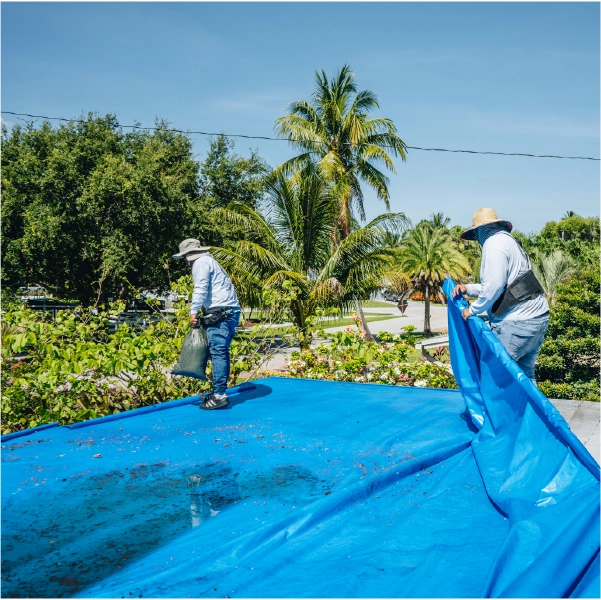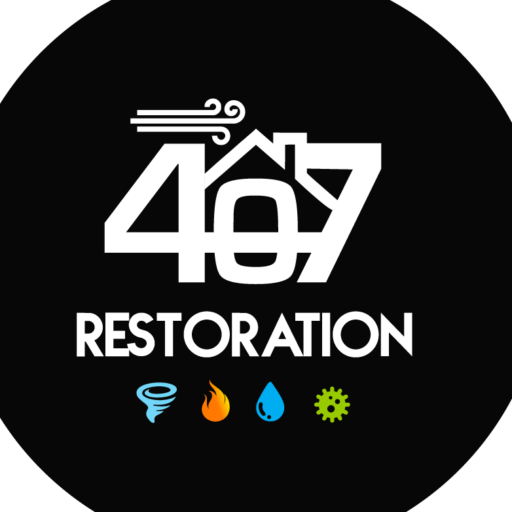WHAT TO DO AFTER WATER DAMAGE?

Due to the gravity of these types of situations, it is extremely important to take immediate action and follow the required steps to minimize further damage to your property.
There are three basic types of water damage:
Clean water: Clean water damage is not a major threat to your health. Some examples include a sink overflowed or a burst pipe.
Gray water: Gray water on the other hand may contain potentially risky contaminants. A common example is a dishwasher leak.
Black water: It poses a major risk for it is dirty water and exposure to it may have vital consequences. A sewage backup is an example of black water.
It is crucial to know how to detect leaks or be able to read some red flags in order to determine water damage in your property., bad odors, mold, mildew, blistering wallpaper and warped flooring can all indicate the presence of it.
In order to avoid mistakes, follow these guidelines on what NOT to do after water damage.
Do not use a vacuum cleaner to remove water.
Do not place newspaper on the floor as it can encourage the growth of bacteria and mold.
Never try to clean sewage water by yourself because it can pose major risks to your health.
Do not hesitate to call a water damage restoration company, as it is always wise to have professionals examine the area and proceed accordingly.
Some key factors and areas you should check are:
Water bill: an exorbitant water bill with no reason or explanation can often indicate the presence of a leak within your property. Check out any pipes you can access. Check the kitchen and bathroom sinks as well as the laundry room. If you find any issues with the pipes, there is a high probability that you have found your source of damage.
Basement: Basements are among the most common places where water damage takes place. Check for mold and bad odors. The most common scenarios include: overflow of home appliances, including dishwashers or bathtubs; sewer backups; and gradual leakage.
The moment you find out there is a water damage problem in your home, you better take action. Follow these steps to prevent any further damage so that you can proceed smoothly to restoration.
Clean up: It is always wise to have a professional clean up the affected area, but it can take a while to come in. It is highly recommended that you start cleaning up what you can and don’t lose time. Remove standing water with sponges and mops. Take all personal valuables out of the water and remove wet rugs.
Ventilate: As soon as you notice a leak or water damage in the affected area, ventilate. Open the windows or turn on the air conditioning. Freeze valuable documents. Try to find wet documents and dry them right away. In order to avoid mildew growth, freeze the documents so that you can later preserve them properly.
Take pictures: Document evidence of damage that will later serve insurance purposes.
Contact 407 Restoration: Reach out to us and have professionals take care of all the details regarding the restoration of your property. In need of a professional to help safeguard your property from water damage? Contact us immediately and we’ll be on our way.
